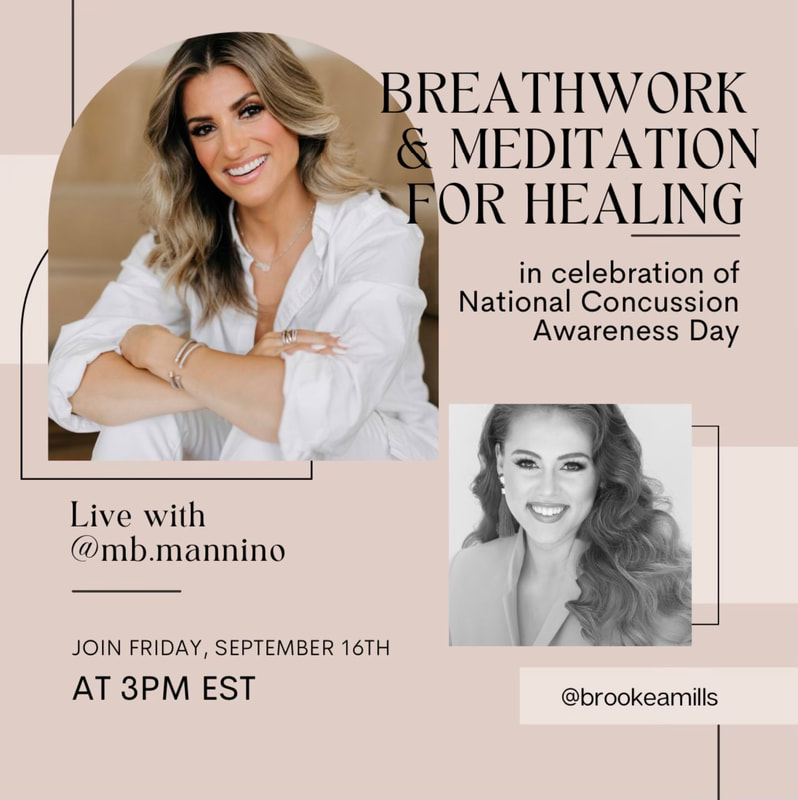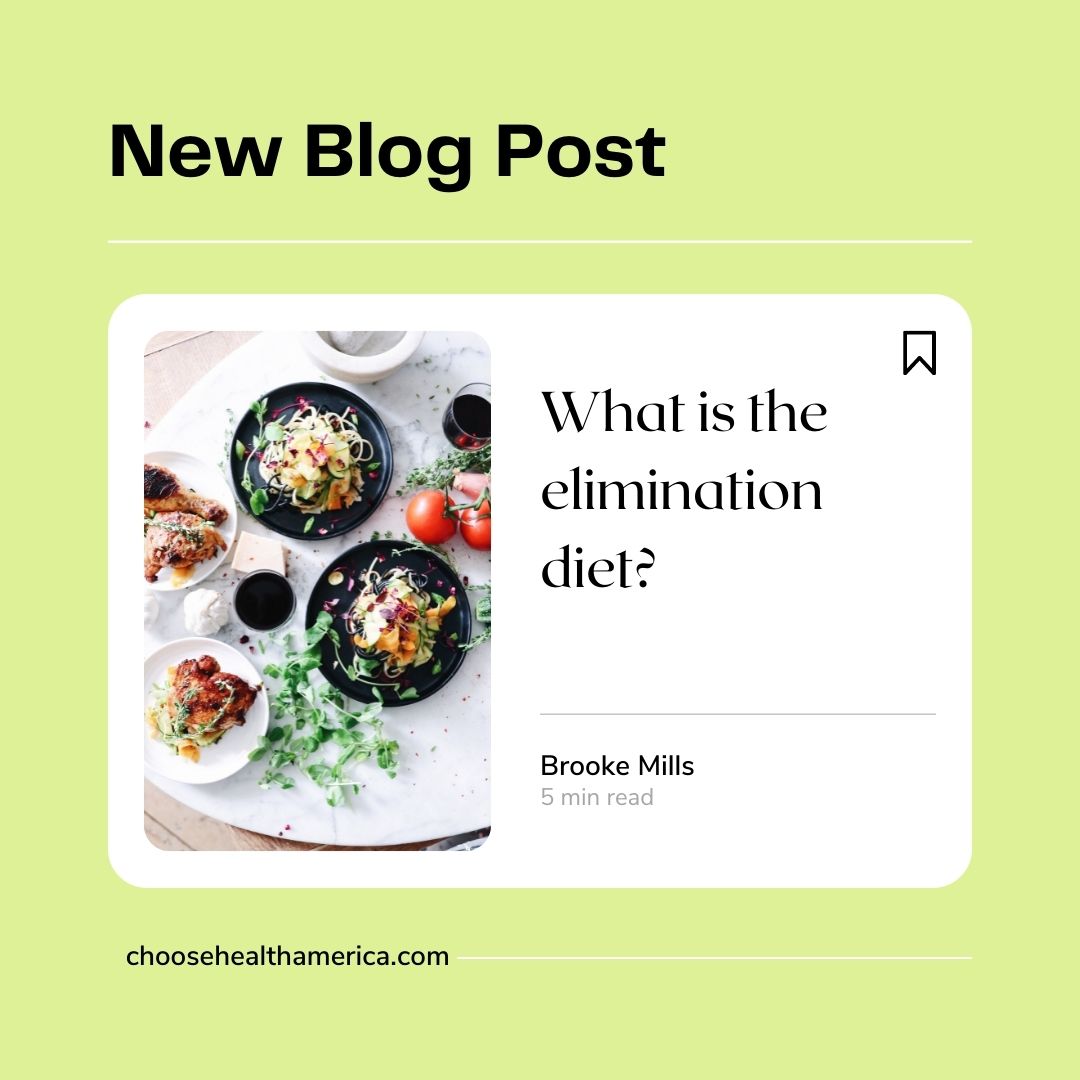|
The end of high school and into my first year of college was rough. Publicly rough. I struggled with cystic acne. It was bad. I felt sad most days and couldn’t grasp the idea of beauty without having a full face of makeup on. It lasted two whole years. I became self-conscious and lacked the confidence I had had almost all of my life. I was continuously trying to find the next solution... I tried all of the lotions and potions. But there was no quick fix.
Lesson 1: Often times what is happening on your skin is a reflection of what is happening on the inside: gut issues, hormonal imbalance, emotional stress, chemical toxicity, nutritional deficiencies, etc. Symptoms are your body's way of telling you it needs attention. Ignoring a problem, hoping it goes away or stressing over it is never a winning solution. Lesson 2: I surrendered and found peace in my body and my situation. Lesson 3: Take positive action for health. I began a vegan diet (which was also gluten-free), detoxified my skincare routine and addressed my emotional stressors. Although it was hard, the experience turned out to be a blessing. I learned to work with my body, listen to it and heal it from the inside out. I am forever grateful for that journey that taught me how to heal myself, appreciate my skin and its beautiful flaws, and find confidence when I thought I’d never find it again. If you're struggling, KEEP THE FAITH & LOVE THE JOURNEY!!! You’re YOU because of everything YOU were made to do. If you're ready to find a path to better choices in the way you eat, sleep, exercise and think... join me in the journey here to be our best, healthiest selves. P.S. The pictures are from 5 years ago vs. now. While the visible scars eventually fade on their own, it's your choice to let go of the emotional scars.
0 Comments
Join me for a live on instagram to learn more about breathwork and meditation for healing at 3pm on Friday, September 16th!
Join me @brookeamills tonight on Instagram at 7pm for a live with Dr Annie @brainhealthkitchen as we discuss Brain Health: Food Tips and 5 Foods to Support Brain Healing in honor of National Concussion Awareness Day this week!
Ever heard of an elimination diet? Elimination diets are the gold standard for identifying food intolerances, sensitivities and allergies through diet- rather than medical tests. An elimination diet involves removing foods from your diet that you suspect your body can’t tolerate well. The foods are later reintroduced, one at a time, while you look for symptoms that show a reaction. Once you have successfully identified a food your body can’t tolerate well, you can remove it from your diet to prevent any uncomfortable symptoms in the future.
We live in a culture that offers foods that did not exist 50 years ago. In the 1970s, grocery stores offered just under 7,000 products– today, over 47,000 are on an average grocery store's shelf! It's no wonder allergies, new sensitivities, and digestive related issues have stemmed from this fact that so much of the food we consume was not available 50 years ago. In 2012, I was experiencing severe bloating, constipation, brain fog, irritability, lack of energy– and was overweight as a 13-year-old girl. My favorite foods revolved around pasta, crepes, pizza, french toast (I promise I am not Italian!), but every time I ate these foods, I found myself feeling heavy, even experiencing stomach cramping regularly. I eliminated gluten from my diet which changed my world. Within less than two weeks I experienced no stomach cramping, was able to go to the bathroom regularly, had improved mood, energy, sleep quality, and lost nearly 12 pounds. My elimination diet resulted in the understanding that I had a serious sensitivity to gluten, and have since remained gluten free! Elimination diets typically are best utilized by taking 2-3 weeks removing one trigger at a time and then reintroducing them to find sensitivities. You can also remove many potential foods you suspect may be the cause of your challenges and introduce them individually, over 2–3 days, while looking for symptoms. Some symptoms to watch for include:
If you experience no symptoms during the period where you reintroduce a food group, you can assume that it is not a trigger to eat and move on to the next food group! The body is amazing, and can adapt to so many different stressors we throw its way. I love this side of understanding what your body appreciates and can harness a more stressful environment, so you can be better in-tune with your body and make more mindful decisions daily. Want more information on the elimination diet protocols? Have questions you want to chat about? Join me as we chat with an expert, Keryn Kwan-Wass, September 8th for a free 30 minute webinar at 7pm on the elimination diet. Go to www.Seachange-wellness.com to sign up! Resources: https://blog.cheapism.com/grocery-stores-then-and-now/#close https://www.healthline.com/nutrition/elimination-diet#TOC_TITLE_HDR_3 |
AuthorWrite something about yourself. No need to be fancy, just an overview. Archives
December 2023
Categories |






 RSS Feed
RSS Feed